
The Hidden Costs of Cheap E-Bikes: What Budget Buyers Should Know
E-bikes are everywhere these days—and for good reason. They’re convenient, environmentally friendly, and a ton of fun. Whether you're using one for commuting, errands, or weekend rides, an electric bike offers freedom with a boost. So when you see e-bikes online for under $1,000, it’s easy to think, “Perfect—I’ll save a bunch of money and still get all the benefits!”
But before you hit that “buy now” button, it’s worth taking a closer look. Cheap e-bikes often come with hidden costs that don’t show up on the product page. From low-quality components to poor customer support, the savings might not be worth the headaches down the road.
Let’s break down what you should know before going the budget route.
1. Don’t Count on Long-Lasting Batteries
The battery is the heart of any electric bike. It powers your ride, affects how far you can go, and is typically the most expensive component. Unfortunately, many low-cost e-bikes cut corners by using cheap, unbranded battery cells.
On paper, they might advertise 30 or 40 miles per charge, but in reality, it could be closer to 15 or 20—and that range tends to shrink fast over time. Within a few months, you may notice it barely holds a charge.
Worse yet, finding a replacement isn’t always easy. Smaller brands often don’t offer replacements, and if they go out of business, you could be stuck with a bike that’s completely unusable. A cheap battery today can quickly become a costly problem tomorrow.
2. You Get What You Pay for in Components
It’s not just the battery. Most low-end e-bikes are built with budget components all around—brakes, motors, tires, and drivetrains. And when those parts break (and they often do), replacing them can be a challenge.
Brakes may feel squishy or wear out within months. The motor might overheat on hills or underperform when you really need it. Even small things like pedals, lights, and cables tend to fall short in durability.
These issues can add up fast, especially if you rely on your e-bike for daily use. And because some of these components are off-brand or proprietary, local bike shops may not have the parts to fix them—leaving you in a bind.
3. Assembly Can Be a Headache
A lot of affordable e-bikes are shipped “mostly assembled,” but that final stretch can be more work than it seems. Aligning the brakes, tightening bolts, setting up the derailleur, or connecting wires can easily overwhelm anyone who’s not mechanically inclined.
You might end up spending hours watching YouTube tutorials or, more likely, taking it to a bike shop. That means another $100–$150 tacked onto your “cheap” e-bike, just to get it road-ready.
4. Customer Service Might Be Hit or Miss
One of the most frustrating parts about buying from lesser-known e-bike brands? The lack of support. Many budget e-bike companies are based overseas with minimal customer service infrastructure. If something goes wrong, you might be stuck with vague email responses, long wait times, or no help at all.
And even if the company promises a warranty, actually getting a replacement or repair can be incredibly difficult. It’s not uncommon to see buyers complain that they were ignored once the sale was complete.
5. Hidden Performance Issues
Budget e-bikes often claim to have powerful motors—like 500W or 750W—but the numbers don’t tell the whole story. These motors are often underpowered in real-world riding, especially when climbing hills or carrying a load.
They may also lack torque, resulting in sluggish starts at intersections or on inclines. Over time, that can turn a fun ride into a frustrating one.
And let’s not forget about charging times. Cheap e-bike batteries often take 6–8 hours to fully recharge, compared to 3–4 hours for better-quality systems. That’s a big difference if you’re riding daily.
6. Low Resale Value
Thinking about upgrading your e-bike later on? You might be disappointed with how little a budget model is worth after a year or two of use.
Well-known brands tend to hold their value much better, especially if they have recognizable components and proven performance. A $1,500 mid-range e-bike from a respected company will likely fetch a decent resale price. A $799 no-name model? Not so much.
7. Environmental Impact
Many people choose e-bikes for environmental reasons, which makes it especially frustrating that the cheapest models are often the least sustainable. Batteries that fail early, non-replaceable parts, and throwaway designs mean many of these bikes end up in the landfill within a year or two.
Higher-quality bikes not only last longer—they’re also easier to repair, reducing waste and long-term cost.
Final Thoughts: Value Goes Beyond the Price Tag
It’s tempting to go for the cheapest e-bike you can find, especially if you're just testing the waters. But if you plan to ride often—or if you simply want peace of mind—it’s worth spending a bit more upfront for a product that will last.
Think of your e-bike like any big purchase: quality matters. What seems like a deal now could cost you in time, money, and frustration later. A better bike isn’t just about better performance—it’s about better support, reliability, and long-term satisfaction.
In short: Don’t let sticker price be the only thing you look at. With e-bikes, you really do get what you pay for. And with the right one? You’ll be glad you made the investment every time you ride.



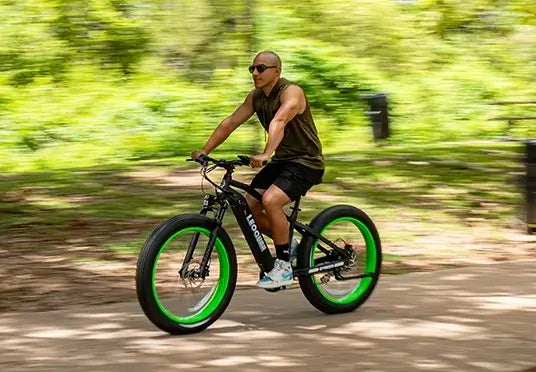



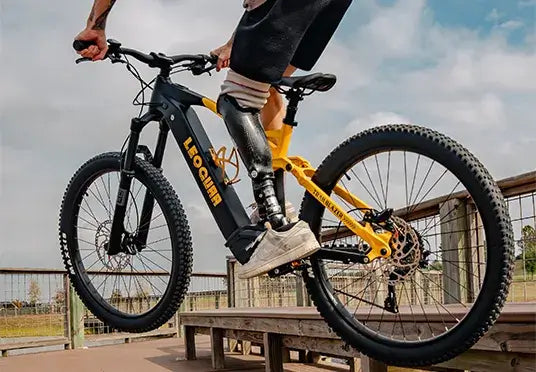

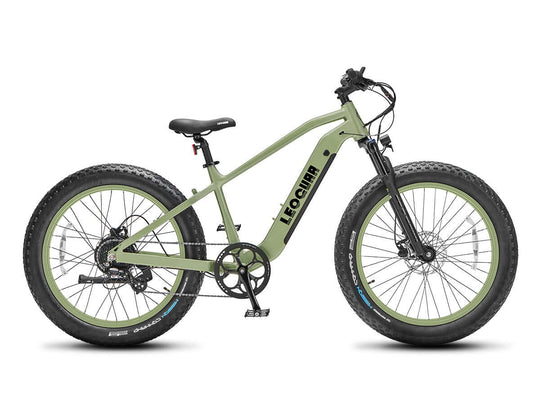
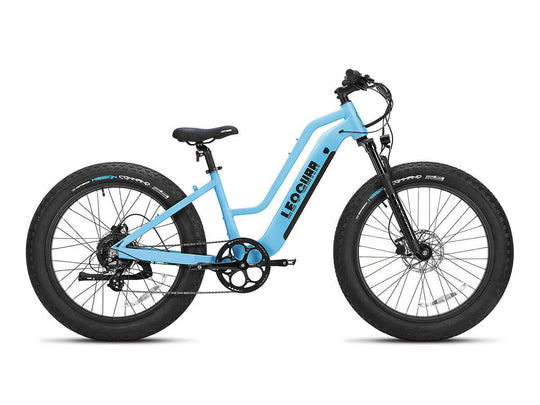
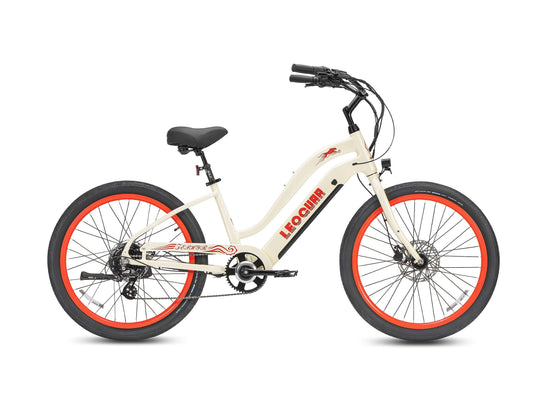
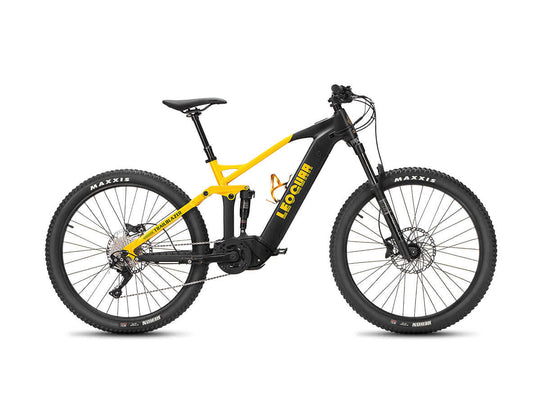
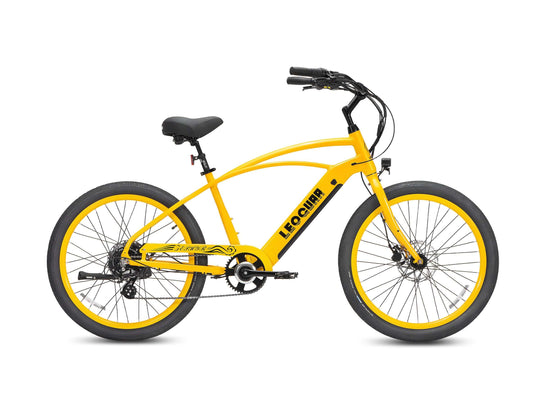
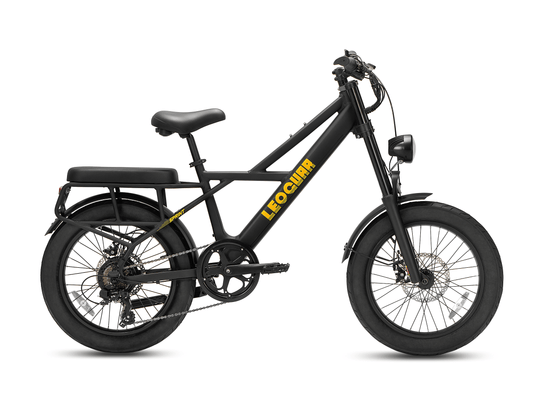

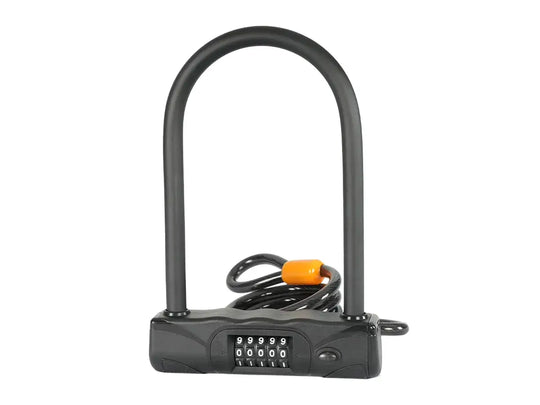
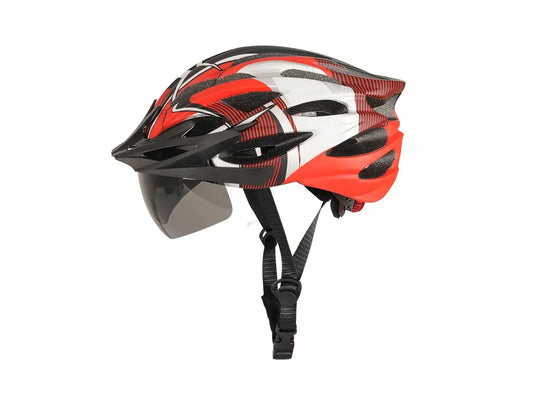
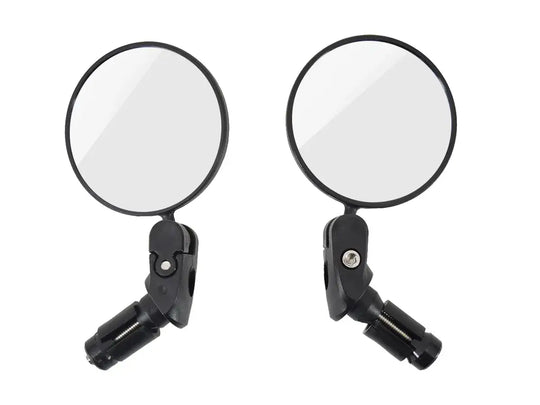

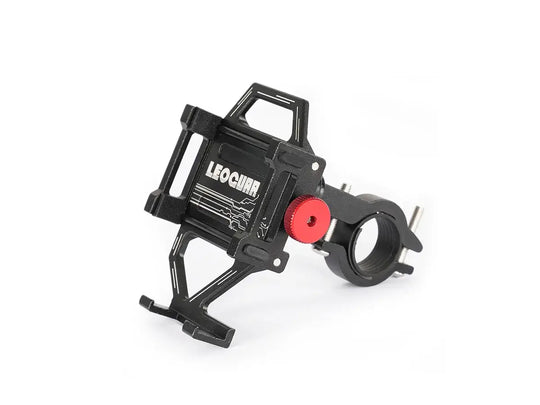
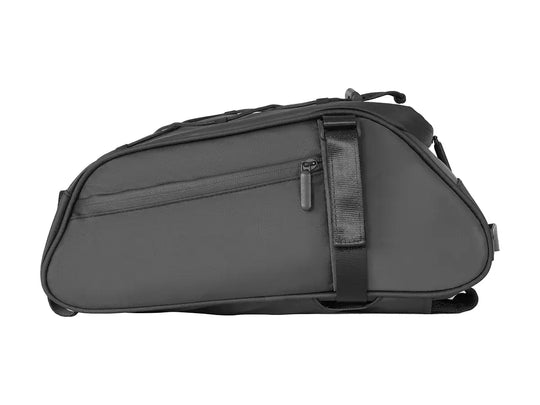
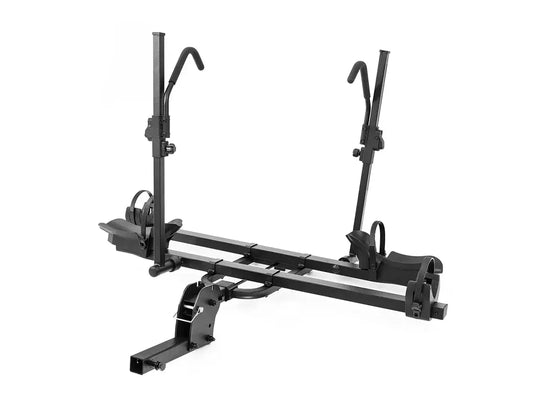
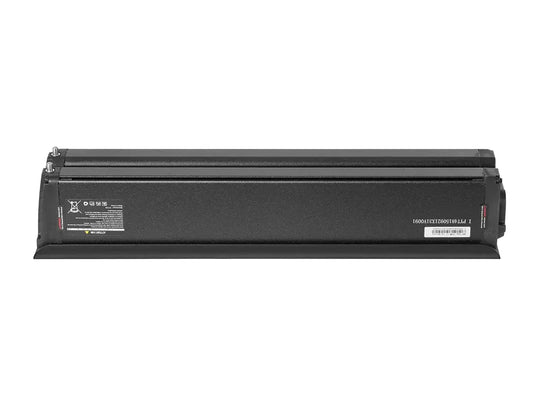
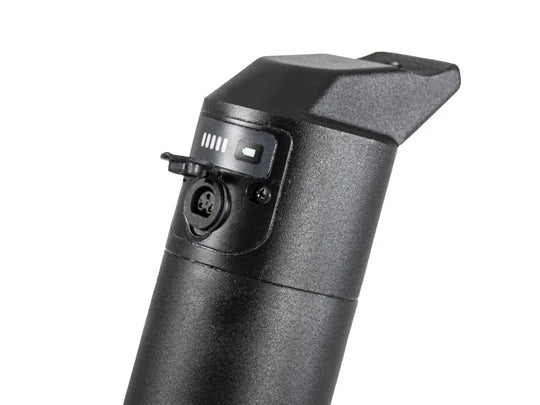
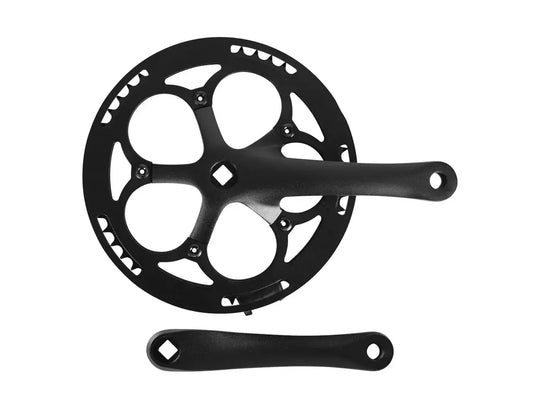
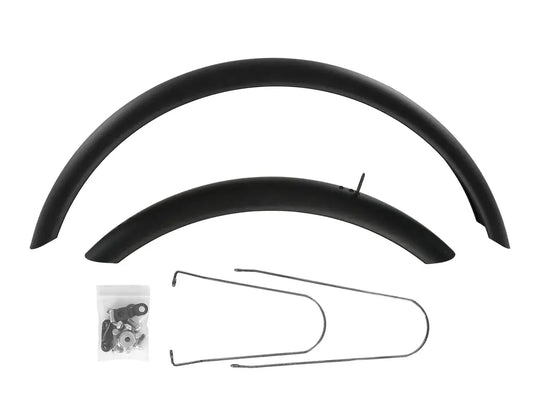
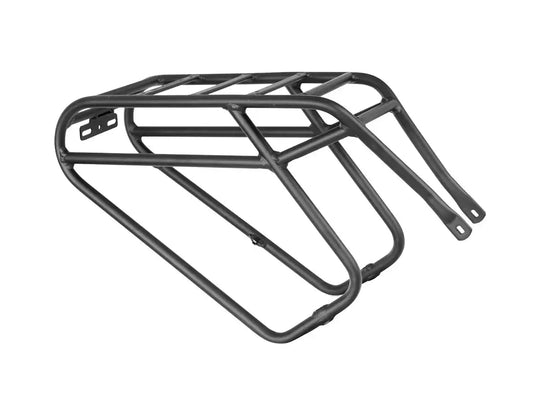
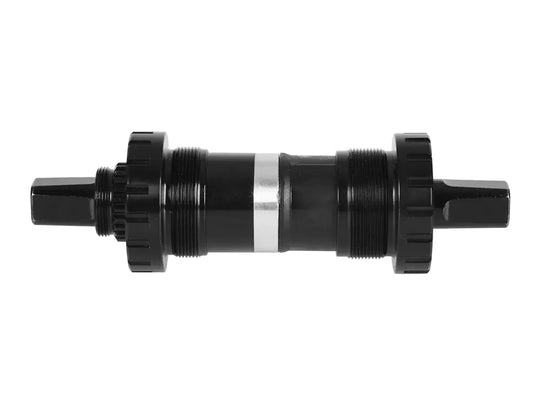
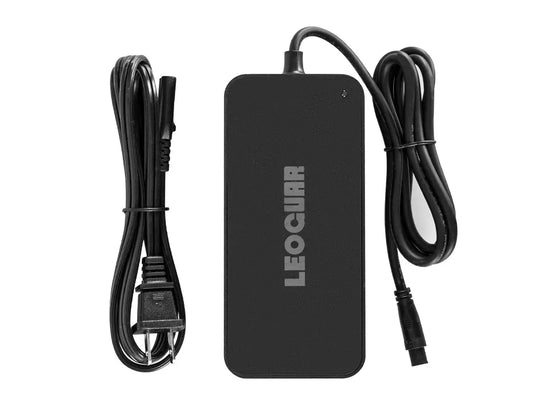
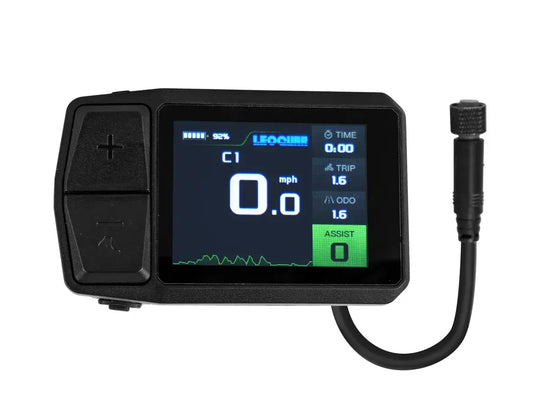

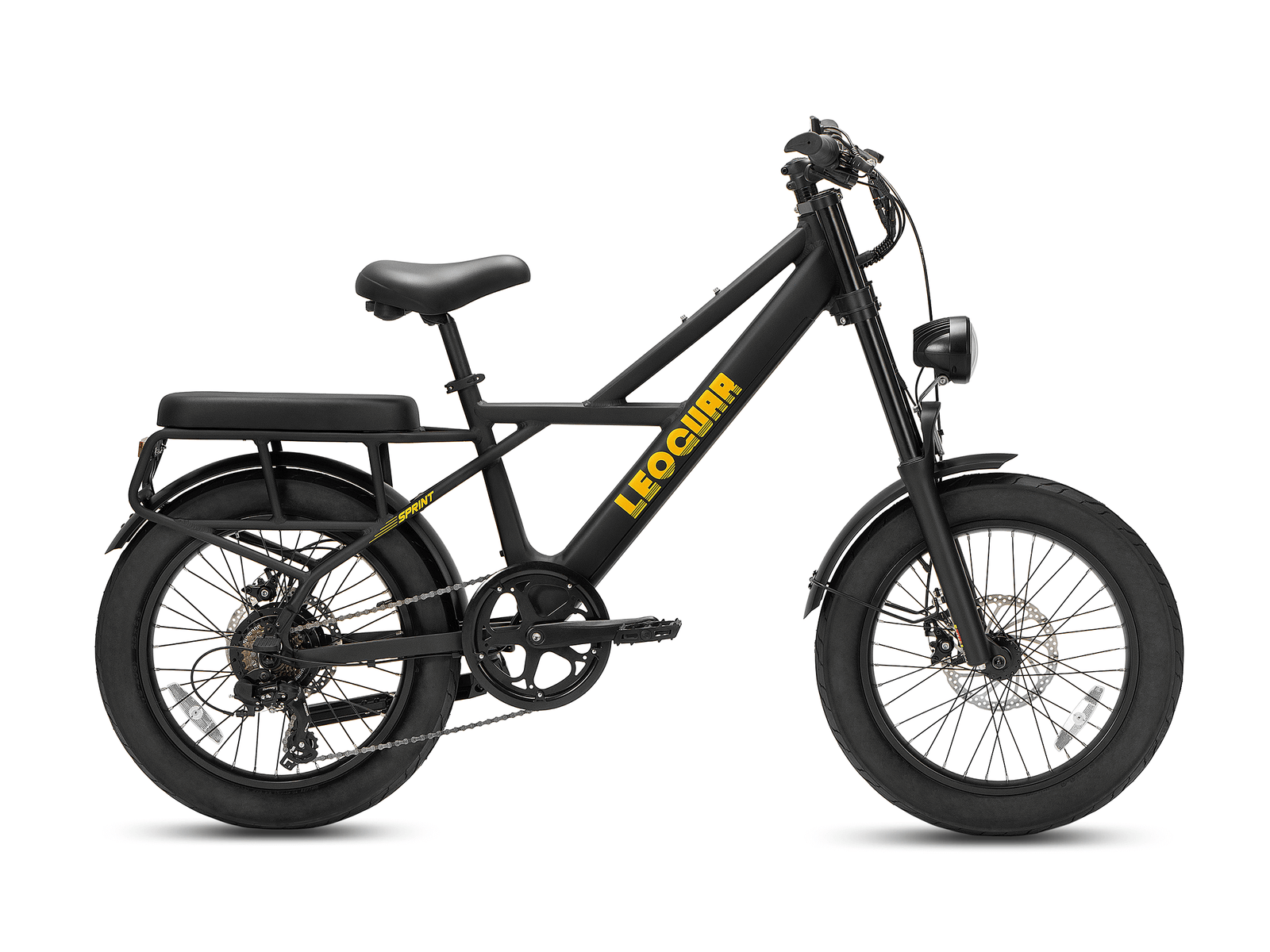








Leave a comment